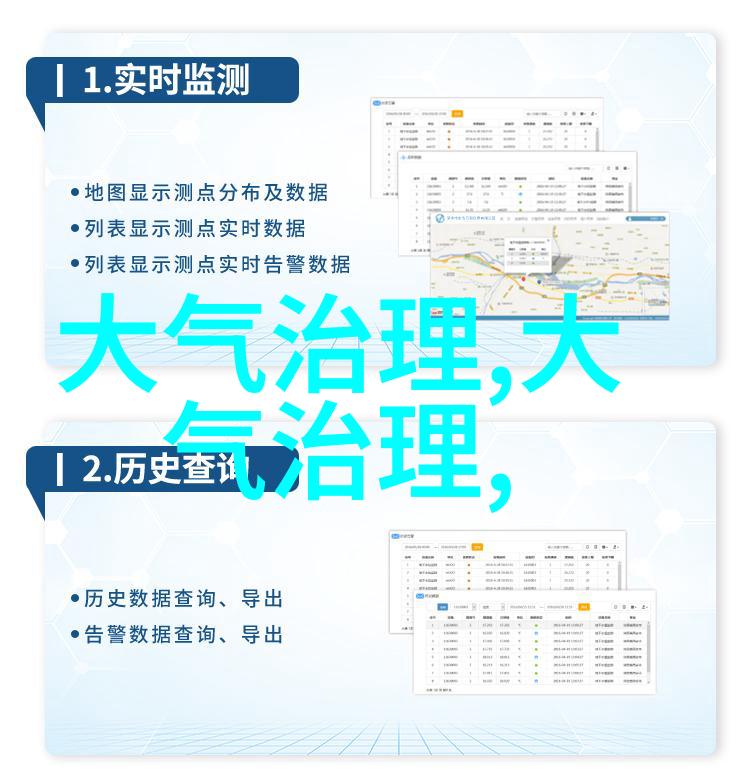污水处理技术与操作深入理解污水处理流程与设备
#1:污水处理培训考试题的重要性是什么?

在现代社会,随着人口数量的增加和工业化进程的加快,城市中的污水排放量日益增大,这不仅对环境造成了严重破坏,也对人类健康构成了威胁。因此,对于从事或希望从事与污水处理相关工作的人员来说,进行专业的培训和考试是至关重要的一步。这不仅能确保他们掌握必要的知识和技能,还能够保证他们在未来的工作中能够高效、安全地完成任务。
#2:什么是污水处理?

首先,我们需要了解什么是污水处理。简而言之,污水处理是一系列技术和工程措施,它们旨在将进入市政管网或自然环境中的废物(包括生活垃圾、工业废料等)经过一系列物理、化学和生物过程后,使其达到一定标准,从而减少对环境的负面影响。这些过程通常包括预處理、初级脱氮除磷、二次生化以及终末处置等环节。
#3:如何准备参加污水处理培训考试题?

为了成功通过pollution control training exam, candidates must have a solid foundation in the principles and practices of wastewater treatment. This includes understanding the various types of pollutants found in wastewater, as well as the technologies and techniques used to remove them. Candidates should also be familiar with relevant regulations and standards, such as those set by local or national authorities.
In addition to book learning, hands-on experience is also essential for success in this field. Many training programs offer practical workshops or internships that allow students to apply their knowledge in real-world settings. These experiences can provide valuable insights into the challenges and opportunities faced by professionals working in wastewater treatment.

#4:考察不同类型的污染物及其去除技术
Wastewater contains a wide range of pollutants, including organic matter (such as food waste), nutrients (such as nitrogen and phosphorus), heavy metals, pathogens (like bacteria and viruses), industrial chemicals, pharmaceuticals and personal care products (PPCPs). Each type of pollutant requires different removal techniques.

For example, biological processes are often used to break down organic matter through microorganisms. Nutrients like nitrogen and phosphorus can be removed using chemical precipitation methods or biological processes like nitrification-denitrification. Heavy metals require physical separation methods or chemical treatments to remove them from water streams.
#5:了解相关法规与标准
Understanding relevant regulations is critical for successful pollution control efforts. Local governments typically establish guidelines for acceptable levels of contaminants in water bodies based on health risks posed by exposure to these substances over long periods of time. For instance, some jurisdictions may impose strict limits on total suspended solids content due to concerns about turbidity affecting aquatic life habitats.
Candidates preparing for pollution control training exams should familiarize themselves with these rules so they know what steps need taken at each stage during their workday when treating raw sewage before it reaches our drinking supply sources – whether that means applying filters or implementing other cleaning procedures depending upon specific requirements outlined within given regulatory frameworks!
In summary while there are many different ways we might choose how best approach any particular situation involving contamination problems but having proper education background information will give us more confidence knowing exactly which actions would lead most effective solutions!



